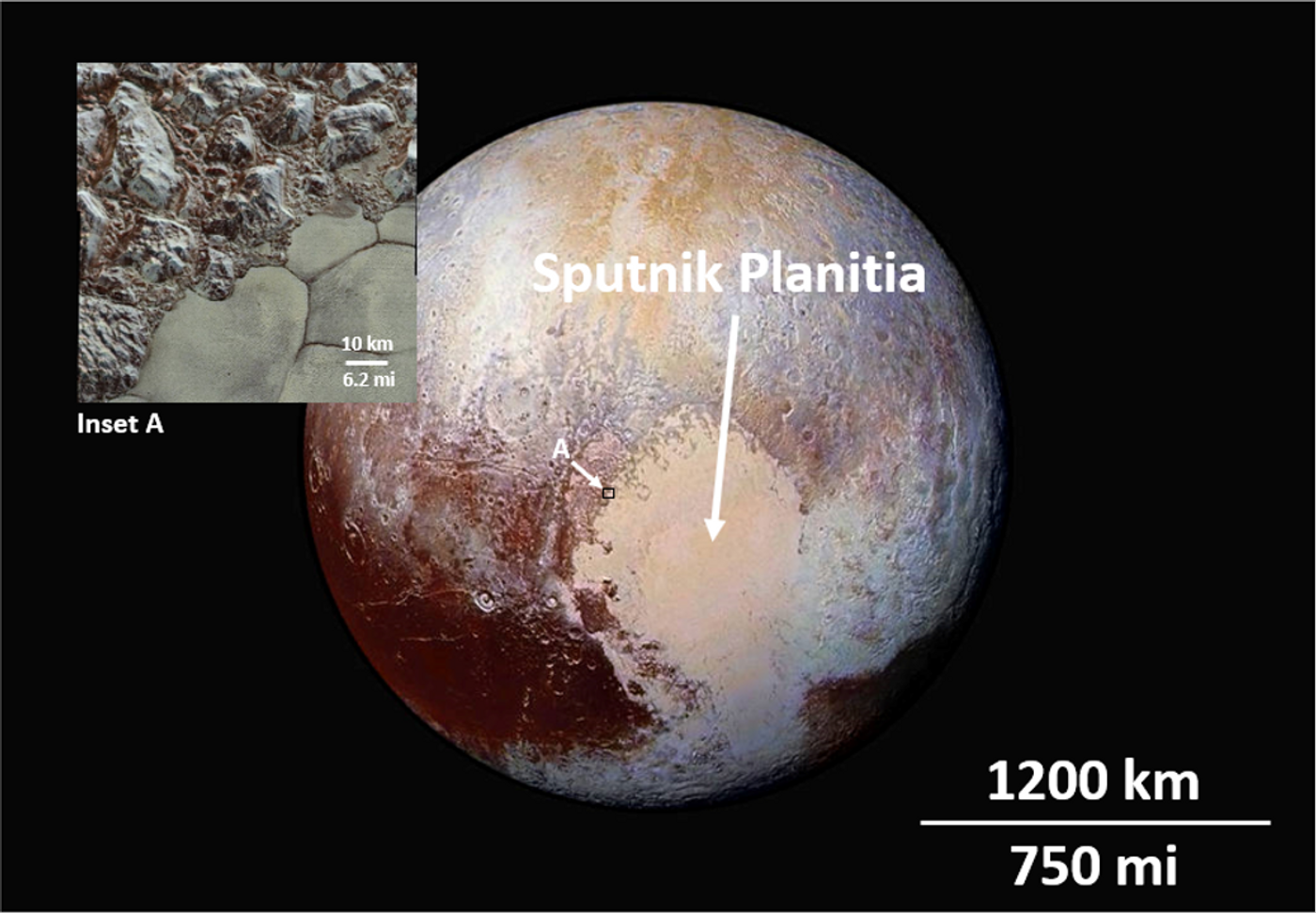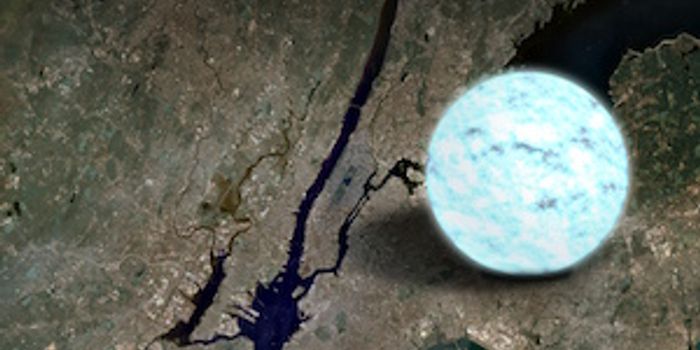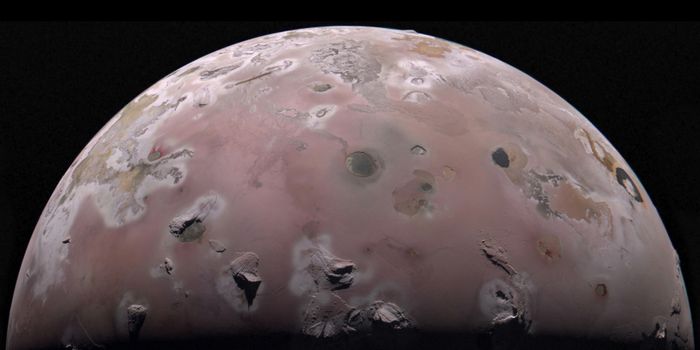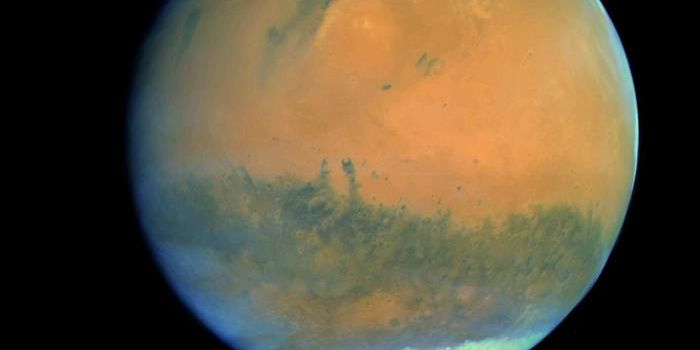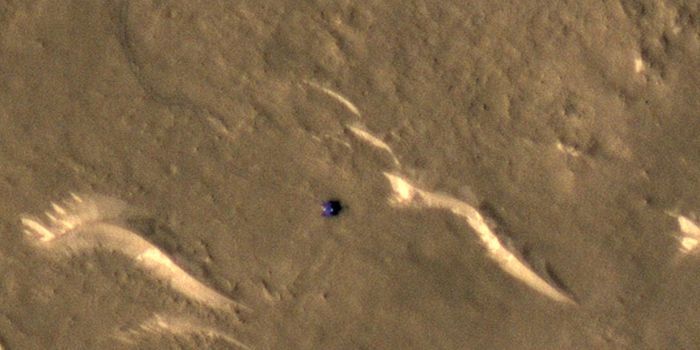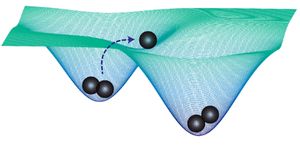Pluto's landscape formation mysteries revealed
NASA’s New Horizons spacecraft made a historic fly-by of the dwarf-planet Pluto on July 14, 2015, but even after six and a half years scientists are still combing over data and further unraveling mysteries about this distant and icy world. This fly-by is the only fly-by, to date, of this very intriguing world whose physical appearance and composition has been shrouded in mystery ever since it was first discovered in 1930.
A recent study published in Nature showed that Pluto is still very much geologically active despite its immense distance from our Sun, approximately 3.67 billion miles away. This distance matters since geologic processes on atmospheric-bearing rocky worlds such as Venus, Earth, and Mars are often driven by incoming solar radiation. Discovering that Pluto is geologically active is truly extraordinary considering it only receives 1/1600 as much sunlight as the Earth. The region of study on Pluto is one of the planet’s largest craters, Sputnik Planitia, which contains a bright plain slightly larger than France and is filled with nitrogen ice.
“When the space probe New Horizon performed the only, to date, fly-by of Pluto in 2015, the collected data was enough to drastically change our understanding of this remote world.” said Dr. Adrien Morison, lead author of the study and Research Fellow with the University of Exeter’s Physics and Astronomy department.
The numerical simulations conducted in this study showed that cooling from sublimation (any substance, in this case ice, going straight from a solid to a gas without becoming a liquid) is able to power convection (planetary cooling), and is consistent with data coming from New Horizons. Due to this geologic activity occurring so far from the Sun, such mechanisms could also occur on other distant rocky worlds such as Neptune’s largest moon, Triton, and even some Kuiper Belt objects, such as Makemake and Eris, the latter two of which are farther out than Pluto, approximately 4.3 billion and 6.3 billion miles from the Sun, respectively.
Despite this incredible study, Dr. Morison stated that there are still questions behind just how these processes occur.
Sources: Nature, John D. Cook
